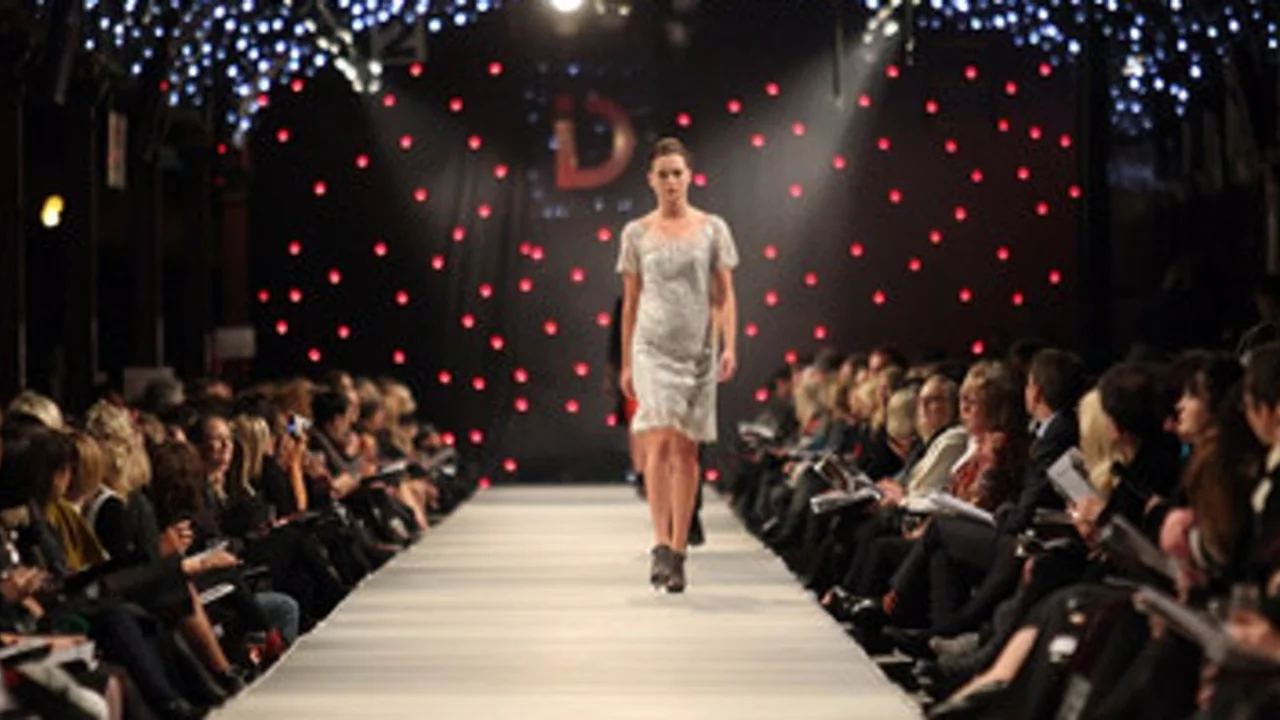
Understanding the Concept
Before diving into the planning, it's essential to first understand the concept of a fashion show. A fashion show is a creative event that allows designers to showcase their latest collections to an audience that typically includes potential buyers, media, and the general public. It's an opportunity for designers to make a statement and for consumers to get a glimpse of the latest trends and styles.
So, what goes into the planning of a fashion show? There are many elements to consider, and each one plays a crucial role in the overall success of the event. From choosing the perfect venue to selecting the right models and outfits, every detail matters. In this article, we'll break down the key planning for a fashion show.
Setting Goals and Objectives
Before you begin any planning, it's crucial to set your goals and objectives for the fashion show. Are you aiming to launch a new collection, increase brand awareness, or attract potential investors? Having clear objectives will guide your planning process and help you make the right decisions. It will also help you measure the success of your event once it's over.
Creating a Budget
Next, it's essential to create a budget for your fashion show. This should include all expected costs, including venue hire, model fees, set design, lighting, sound, catering, and promotion. It's important to be realistic about your budget and allocate funds wisely. Remember, it's not always about how much you spend, but how you spend it.
Choosing the Venue
One of the most important decisions in planning a fashion show is choosing the right venue. The venue sets the tone for your event and can significantly impact the audience's experience. Consider the size, location, and aesthetic of the venue. It should be large enough to accommodate your audience and runway, but also reflect the style and theme of your collection.
Selecting the Models
The models play a crucial role in a fashion show. They bring the designs to life and are the ones who interact directly with the audience. When selecting models, consider their experience, look, and ability to convey the essence of your collection. It's also essential to promote diversity and inclusion in your model selection.
Designing the Runway and Set
The runway and set design are key elements of a fashion show. They create the atmosphere and set the scene for your collection. The design should complement your designs and not distract from them. Whether you opt for a simple, minimalist set or a grand, elaborate one, make sure it aligns with your brand and collection.
Planning the Show-Order
The show-order, or the sequence in which the outfits are presented, is another crucial element of a fashion show. It's important to create a flow that keeps the audience engaged and tells a story. Start with less dramatic pieces and gradually build up to your most stunning designs. This will create a sense of anticipation and leave the audience wanting more.
Organizing Rehearsals
Rehearsals are crucial for ensuring that everything runs smoothly on the day of the fashion show. They allow the models to practice their walks, the technical team to test the lighting and sound, and the whole team to get familiar with the sequence of the show. It's always better to identify and fix any issues during rehearsals rather than on the day of the show.
Promoting the Event
Promotion is key to attracting an audience to your fashion show. This can include social media marketing, press releases, email invitations, and word-of-mouth. Be sure to start promoting your event well in advance to build anticipation and attract a larger audience.
Evaluating the Success
Finally, after the show is over, it's important to evaluate the success of your fashion show. Did you achieve your goals and objectives? What worked well and what could have been done differently? Gathering feedback from the audience, models, and team members can provide valuable insights for future events. Remember, every fashion show is a learning experience, and there's always room for improvement.
In conclusion, planning a fashion show requires careful attention to detail and a lot of hard work. But with the right planning, you can create a successful event that showcases your designs in the best possible light and leaves a lasting impression on your audience.